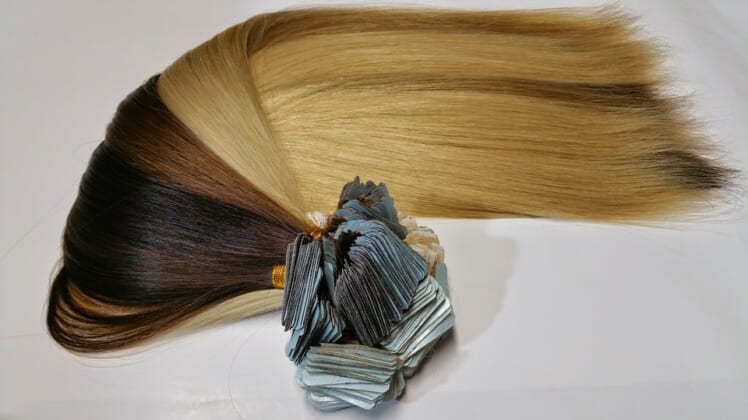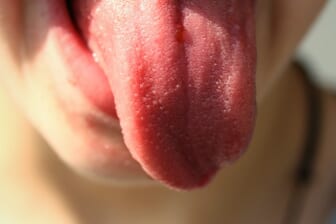
Also known as hair weaves, hair extensions are made from synthetic or human hair that’s glued onto or sewn into natural hair to add volume or length:
In the US, hair extensions have been popular since the 1950s, and salons across the country say that the demand for extensions is bigger than ever.
Celebrities like Kim Kardashian, Selena Gomez, and Chrissy Teigen fuel the trend with long, beautiful tresses that seem to appear and disappear overnight.
What Are the Germiest Public Places?
Hair Extensions
Most extensions are either glued on or sewn in. When extensions are glued on, glue is applied to the base of the extension and attached to a client’s natural hair. For sewn-in extensions, stylists create small, tight braids in a client’s hair and then sew the base of the extension into the braids with a needle and thread.
The process sounds simple enough, but hair extensions have been linked to chronic headaches, scalp sensitivity, and hair loss:
In the January 2012 issue of Instyle, Jennifer Aniston shared the reason behind her trend-setting shoulder-length angled bob – hair extensions had caused her long hair to become so thin that it looked fake.
She was probably experiencing the beginnings of traction alopecia, a type of gradual hair loss caused by hair being pulled tightly. Women who wear unusually tight braids or ponytails are also at risk.
Depending on the severity of the hair loss and the length of time it goes untreated, traction alopecia can permanently damage hair follicles.
5 Warning Signs You Might Have Bed Bugs
Warning Signs
Sometimes the first warning signs are scalp sensitivity and headaches.
Dr. Orly Avitzur, a medical adviser for Consumer Reports, shares the story of Randee Bank, a woman who loved the look of her extensions enough to put up with the headaches they caused and only stopped wearing them when she noticed several bald spots on her scalp.
After seeking the help of a dermatologist, she learned that her hair follicles were damaged and that her hair loss was permanent.
Bank describes a vicious cycle, explaining why she wore the extensions every day despite the pain they caused: “When you take them out, you look like a rat has chewed on your hair, so it becomes addictive and leaves you with little choice but to put them back in to hide the damage they’ve caused.”
The everyday use Bank describes is closely tied to hair follicle damage, but both glue-in and sewn-in extensions are semi-permanent. You need to make a trip to the salon for attachment or removal.
Is Your Thyroid Sleeping on the Job?
Expert Recommendations
If you decide to use these types of extensions, experts recommend going back to the salon frequently to get them removed and replaced and to give hair a break at the first signs of damage.
Monthly appointments give stylists a chance to evaluate and adjust any extensions that are pulling too tightly and to rotate their placement to avoid too much stress on one section of hair.
It’s important to choose a stylist who has been trained in the use of hair extensions and knows how to manage them to avoid follicle damage.
For easy long tresses that are less likely to pull your hair out, some women use clip-in extensions. They’re simple to put in and take out, and your look can be changed up frequently while your scalp takes a break.
The biggest downside is that you have to put them in yourself, and it can be challenging to achieve a natural look without salon expertise. But you can take your clip-ins to your local salon and ask the stylist to walk you through the process of putting them in if you’re struggling to get the look you want.
With a little practice, you have an easy way to boost a bad hair day or dress up your down-do for a special event.
If you notice hair loss from your hair extensions, consult a dermatologist right away to assess the damage and discuss treatment options – early intervention is key.

Can Your Tongue Tell You If You’re Sick?
